#weekendvibes: HOSPITAL - ITY
- Laura Antoni

- May 30, 2020
- 3 min read
Weekend is here again and weekends are for fun. No matter the situation or the position that I am put through, I somehow, always try to get a positive outcome and a good laugh from it.
This weekend's thought was triggered by the series of unfortunate adventures that I have been thorough in the last days. - long way short - had to go through some hospitals - 3 in a row - only to get one doctor to do a quick 'check-up' at least...
Going through this unpleasant pilgrimage, I have noticed a few things which made me want to research a bit more in depth about some aspects of this 'institution'.

[ hos-pi-tal ]
noun
an institution providing medical and surgical treatment and nursing care for sick or injured people.
word origin:
The word hospital originates from the Latin hospes, meaning 'guest' or 'stranger'. It's the root of words such as hospice, hostel, hotel, and hospitality.

[ hos-pi-tal-i-tee ]
the friendly reception and treatment of guests or strangers. the quality or disposition of receiving and treating guests and strangers in a warm, friendly, generous way.
word origin:
The earliest recorded root of the word hospitality is the Latin word hospit- (nominative hospes) which means "guest". Hospice, hospital and hostel are all derived from it by different routes.
...with that being researched, mentioned and said.. is it safe to say that a hospital - by its definition - should be a hospitable place ?
It’s no secret that dull waiting rooms at healthcare practices aren’t the most pleasant of places to wait, and when you already feel under the weather, it’s not the most enjoyable experience. However, this is changing. These days, healthcare facilities are switching out months-old magazines and uncomfortable seating for light, colourful décor and creative play areas for children. Patient satisfaction is a vital part in boosting the morale of not only the patients themselves, but the staff that work in the surgery. Spacious layouts that are still as sterile as before but with a fun, morale-boosting twist can reduce the chance of cross-infections, and an improved mood alone can go the distance when it comes to helping a patient feel better!
We spend much of our time in buildings, and they can have a profound effect on our well-being, for better or for worse. As long ago as 1943, Winston Churchill told Britain’s House of Commons that “we shape our buildings, and afterwards our buildings shape us.”
Research is showing that effective building design is especially important in hospitals, the potential of which is often overlooked. For example, a recent study of the design of operating rooms – one of the most critical areas in a hospital – reveals how research-informed design can improve safety and performance.
Hospital architects have long used evidence from engineering and other hard sciences to guide their work. In 1984 professor Roger Ulrich published a paper in Science arguing for research-based designs to improve patient outcomes. Ulrich found that randomly assigned surgery patients with a window view of trees used less pain medication and were discharged earlier, among other positive results, compared to patients with a brick wall window view.
1) SENSE OF PLACE: In the paper, Is there a Psychologist in the Building by Christian Jarrett, hospital layout is listed as quite an important factor for patients. Going beyond simple signage, hospital patients should be able to have a sense of their location without ever feeling lost. It has been found that having a sense of place helps keep patient stress levels down.
2) PRIVATE ROOMS: Also important to hospital design is the frequency of private rooms in a hospital. Providing private rooms reduces medication error and falling instances.(1) I’m sure you can imagine that private rooms also make for better visiting with patients and their loved ones.
3) NATURE + ARTWORK: Hospitals that include nature and artwork are providing for more positive patient experiences. Both nature and artwork contribute to patients having a greater “sense of well-being” where spaces lend themselves toward contemplation and feeding the senses.
4) NOISE: A major problem within hospitals today is noise. Often patients cannot sleep through the night as medical carts screech through the halls and doors open and close. Hospital designers should pay greater attention to acoustics within hospitals as noisy environments generate more stress for patients. Also, sleep is critical for patient recovery.
5) COLOUR: Use of colour in hospital design has a multitude of uses. Colour can help patients have a sense of orientation – where colour is used to give different hospital areas a sense of place. Also, colour has been known to be associated with mood. Using the right colours in waiting areas, examination rooms, hallways or patient private rooms can have a definite affect on patient motivation and stress levels.





































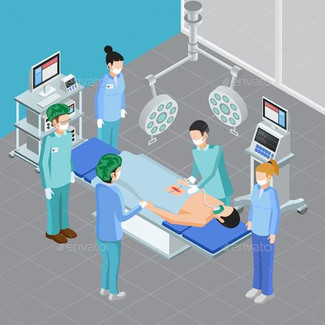




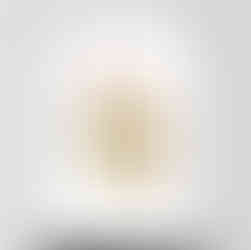


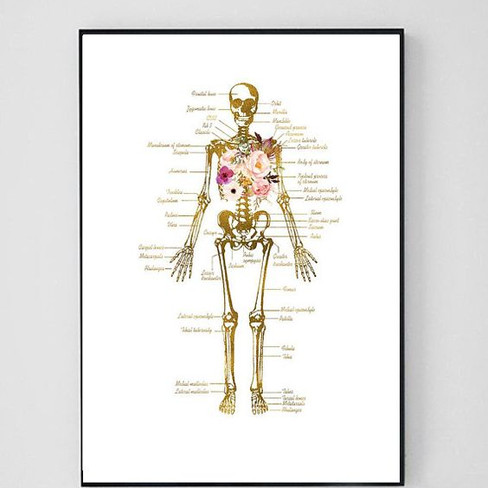

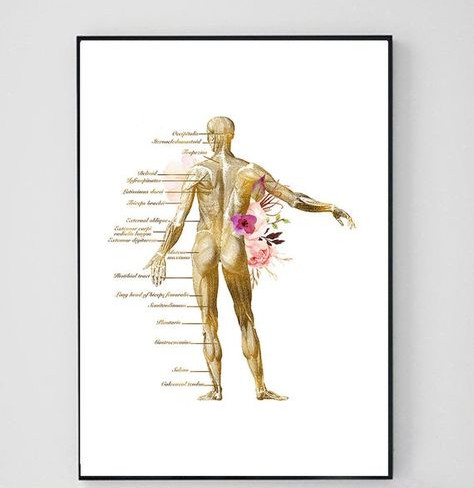





















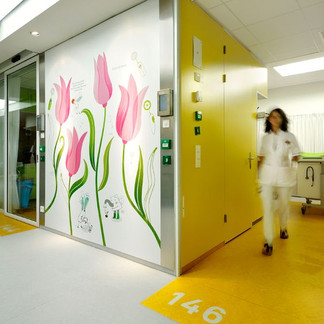









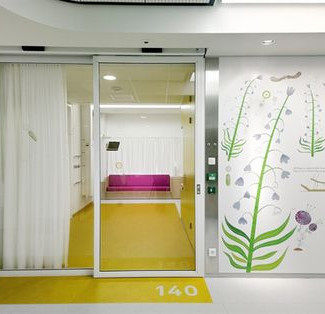

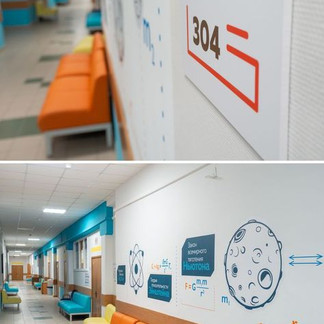









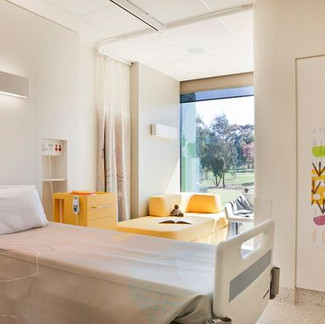



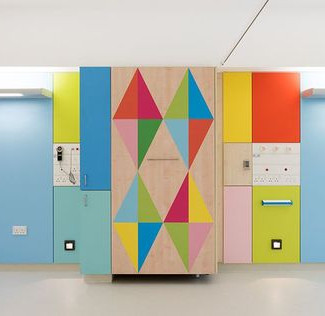

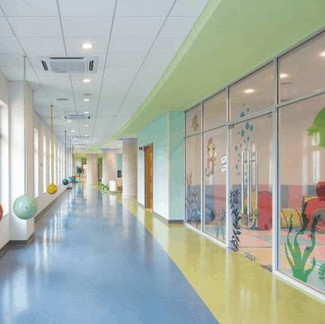






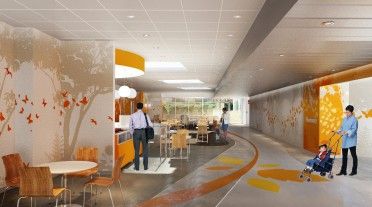














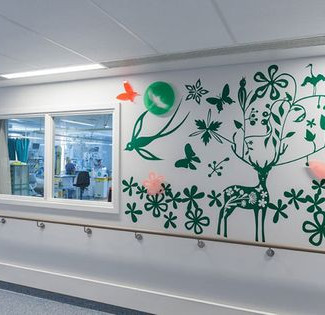



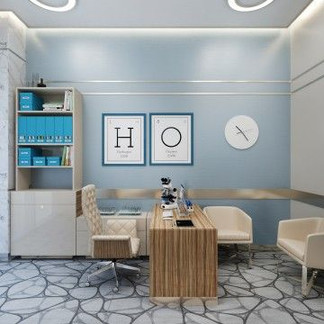















Comments